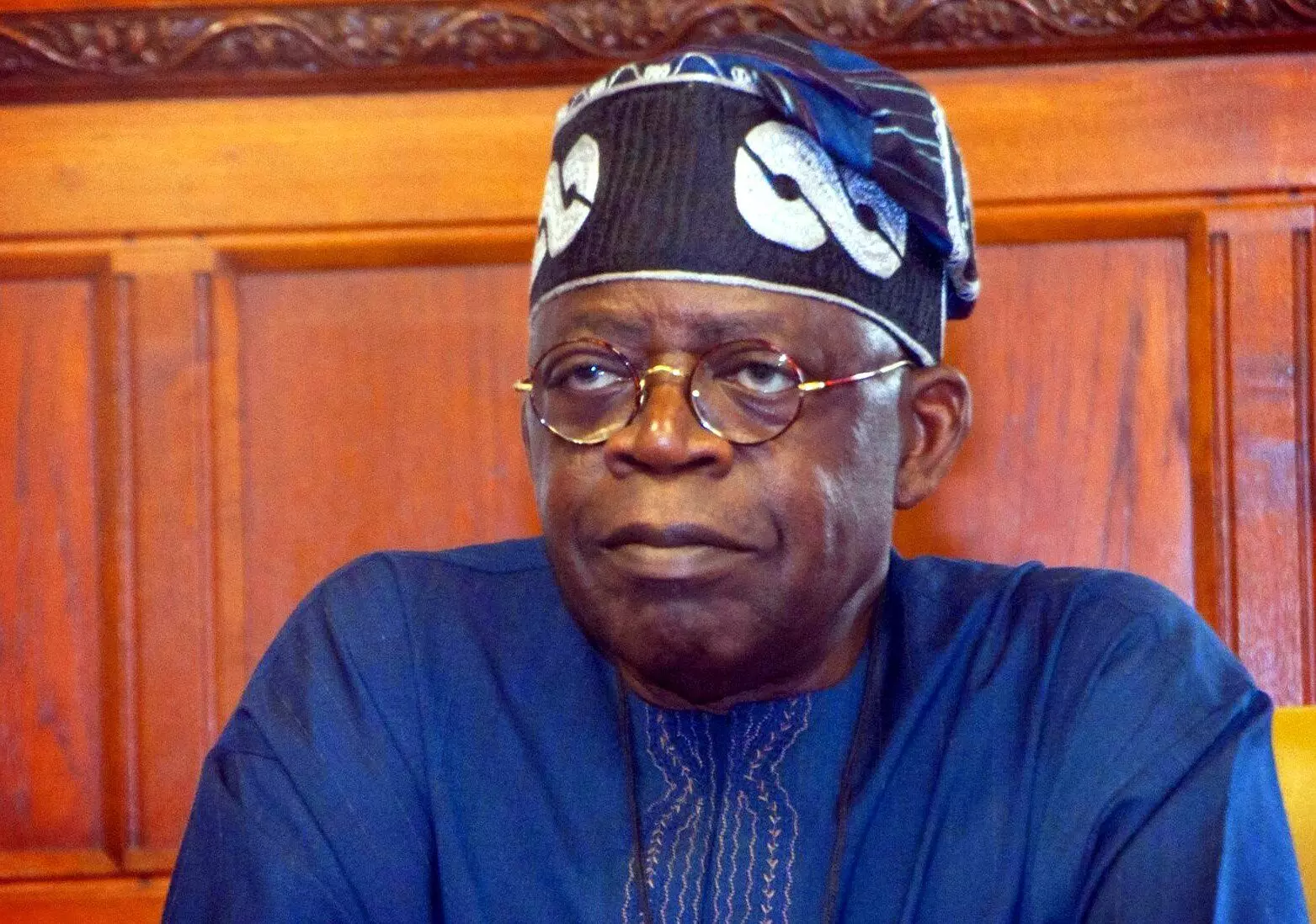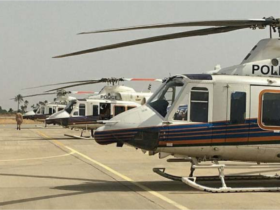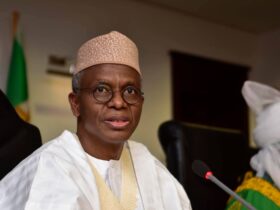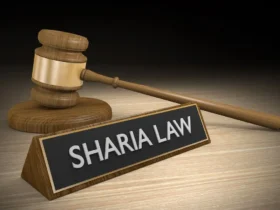Even though Bola Ahmed Tinubu has said many times that the subsidy is gone, ParallelFacts’ research shows that the federal government gave a subsidy of N169.4 billion in August to keep the pump price at N620 per liter.
Several sources have said that the fact that prices have stayed the same despite the exchange rate getting worse and the international price of crude oil going over $95 a barrel suggests a return of subsidies.
Our reporter saw yesterday that a paper from the Federal Account Allocation Committee (FAAC) said that Nigerian Liquefied Natural Gas (NLNG) would pay $275 million to Nigeria through NNPC Limited as dividends in August 2023. Out of the $275 million, NNPC Limited used $220 million (N169.4 billion at N770/$) to pay for the PMS payment. Then, NNPC illegally held back $55 million.
The fact that FAAC made this information public means that the subsidy is back and that NNPC is now using NLNG profits to pay for it.
When former President Buhari left office, the most money had ever been spent on subsidizing gasoline in Nigeria.
The Nigeria Extractive Industries Transparency Initiative (NEITI) looked into the oil and gas industries and found that the cost of subsidizing gasoline from 2015 to 2020 was N1.99 trillion.
Also, reports from the Nigerian National Petroleum Corporation (NNPC) to the Federation Accounts Allocation Committee (FAAC) showed that gasoline subsidies cost N1.57 trillion in 2021 alone and N1.27 trillion from January to May 2022.
After that, the government made a budget of N3 trillion to pay for the cost of gasoline subsidies from June 2022 to June 2023.
Adding up all the prices showed that the government spent N7.83 trillion on gasoline subsidies while President Buhari was in charge.
How the global oil market works
Brent crude went over $95 per barrel, and the value of the naira against the US dollar hit a record low on the black market. This makes it harder to believe that Nigeria will be able to get rid of its gasoline handouts.
At the time this post was written, U.S. West Texas Intermediate crude futures went up by more than 1% to $92.46 per barrel, while the international oil benchmark Brent crude futures broke through the $95 per barrel mark.
People thought that the recent rise in crude oil prices would cause gasoline prices to go up, but the FG’s choice to keep gasoline at N617/liter showed that the subsidy on Premium Motor Spirit had been quietly put back in place.
Nigeria’s most accessible (black) foreign exchange market has seen the naira fall quickly, and the price cap on gasoline has made it hard for traders.
As of the last week of August, PMS was selling for $1,030.11 per metric ton on the foreign market. In July, when NNPC raised pump prices to an average of N617 per liter, it was selling for $859.25 per metric ton. This means there was a 19.88% rise.
The exchange rate was N820/$ in July, but it is now N920/$, which means it has gone up by 12.19%. In July, the price of a barrel of crude oil was $78.50. In the last week of August, it was $88.50 per barrel. It reached $95 yesterday.
On the foreign market, the price per liter was $0.641 in July, but it was $0.792 in the last week of August. This means that the cost of PMS at the port is now about N728.64 per liter, up from N529 in July.
When you add up freight costs, lightering costs (STS), distribution margin, ancillary costs by the Nigerian Midstream Downstream Regulatory Authority (NMDPRA), Nigerian Port Authority (NPA), and Nigerian Maritime Administration and Safety Agency (NIMASA), and marketers’ margin, you get about N90 to N105.
MOMAN, which had been giving daily price updates, stopped doing so. A source at the organization said that they have been told not to share the news because the government has said that prices won’t go up.








Leave a Reply